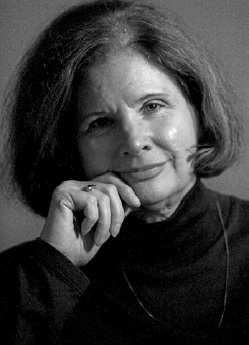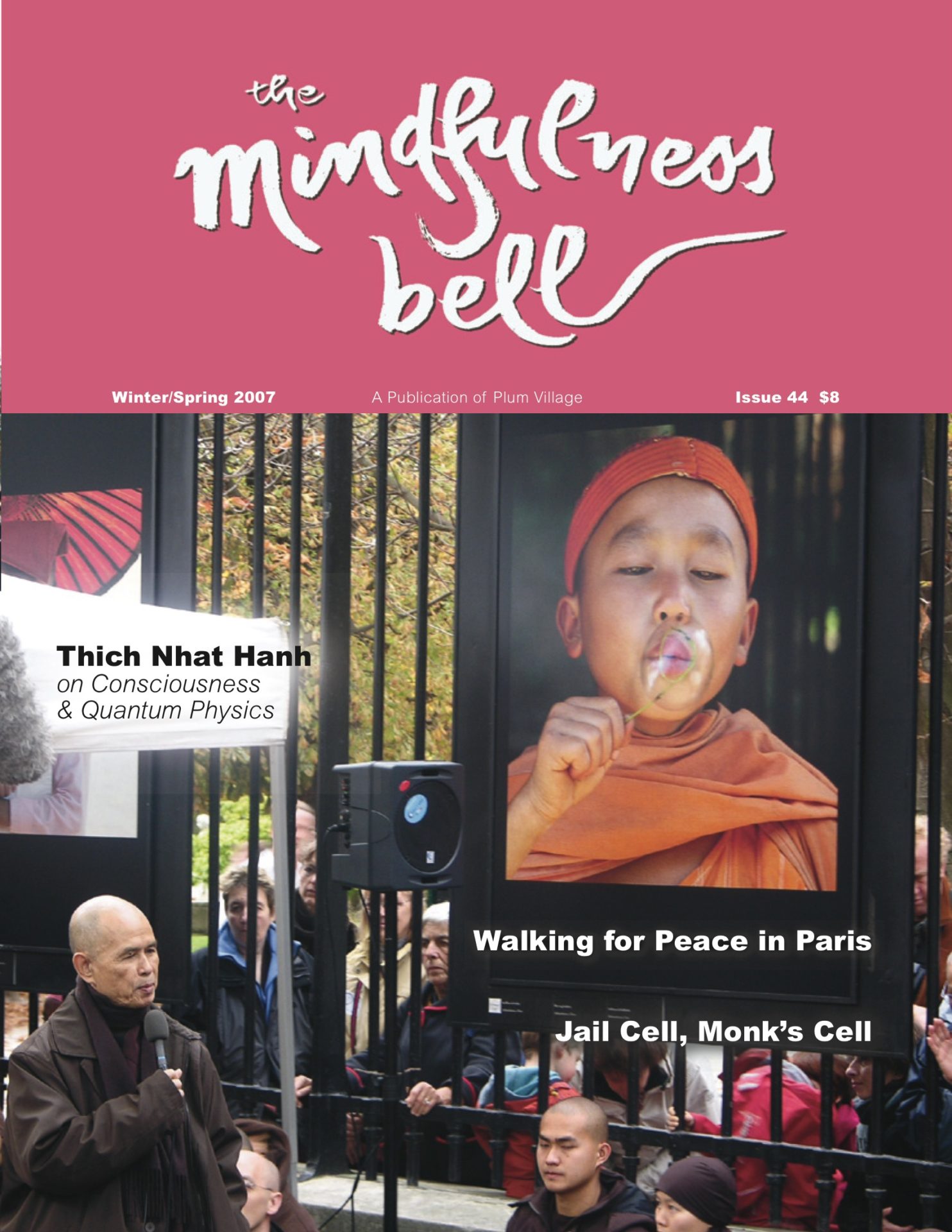
By Gratia Meyer, Ph.D.
The six-day Retreat for Scientists in the Field of Consciousness brought scientists and practitioners to Plum Village from around the world, speaking many languages. About one hundred of the attendees represented various fields of study, from neurophysiology to psychotherapy.
They had one common goal: to learn more about the link between neuroscience and meditation.
Speaking to the seven hundred participants,

By Gratia Meyer, Ph.D.
The six-day Retreat for Scientists in the Field of Consciousness brought scientists and practitioners to Plum Village from around the world, speaking many languages. About one hundred of the attendees represented various fields of study, from neurophysiology to psychotherapy.
They had one common goal: to learn more about the link between neuroscience and meditation.
Speaking to the seven hundred participants, Thich Nhat Hanh carefully and skillfully broke down the meaning of the Verses on the Characteristics of Eight Consciousnesses by Master Hsüan Tsang.
In this retreat I sat on the cushion as a professional in the field of neuropsychobiological development from conception to death. As I listened to Thây’s dharma talks, his teachings penetrated and integrated with my scientific expertise.
In the past thirty-five years, I have never experienced such clarity and understanding of how neuroscience and mindfulness inter-are. This retreat allowed me to synthesize Thây’s skillful teachings with my research and clinical application. His talk on modes of cognition, objects of cognition, and moral natures of cognition complemented the three developmental domains of reasoning, attachment, and moral development that I have been researching. In my work I am using this research to create an assessment tool to help alleviate and prevent suffering.
On the last day of the retreat, listening to Thây’s final dharma talk, I could not sit still as the seed of understanding germinated and began to blossom. Here is what I heard: We and our physical world are interconnected with an inconceivably vast system of realms. We exist in different dimensions at any given moment. We also interpenetrate and interact in such a way that each action reflects or projects itself onto the realm below or above, with all of the modifications, changes, and distortions that are a direct result of such interaction.
The ancient Chinese philosophers described the eighth consciousiness, store consciousness, as a young lady who is pregnant with a child. Her job is storing, keeping, preserving, and being the totality of seeds. There also is the husband of the vessel, the father of the baby. He feels he owns the vessel, and therefore she loses her freedom. She is being possessed by the seventh consciousness, manas, which is called the lover, procreating and grasping love through mental representations and illusions. The practice of meditation and concentration is to free the eighth consciousness and to reclaim the great wisdom at the of root of all interbeing.
This truly is transformation at the base.
Gratia L. Meyer, Ph.D., Ancient Purpose of the Heart, a clinical psychologist and developmental neuropsychology researcher, is a member of Eyes of Compassion Sangha in Denver, Colorado.

